Description
What is a High-gain 4G LTE Antenna Internal Flexible PCB Antenna?
The 4G LTE antenna CTRF-ANTENNA-FPC-7027-9524-IPEX High gain 4G LTE Antenna Internal Flexible PCB Antenna with a sticky back and IPEX / U.FL connector FPC antenna manufactured by C&T RF Antennas Inc.
High gain 4G LTE Antenna Internal Flexible PCB Antenna Suitable for:
GSM(2G) CDMA(2G) WCDMA (3G) CDMA2000 (3G) TDSCDMA (3G) TDD-LTE (4G) FDD-LTE (4G)
3G: HSPA+, HSPA, UMTS, EVDO
2G: EDGE, GPRS, GSM
C&T RF Antennas Inc. is a leading LTE antenna manufacturer of high-performance antennas and RF solutions for wireless M2M, IoT, and consumer electronics.
C&T RF Antennas Inc provides internal & external antennas with the antenna radio frequencies such as NFC, 169MHz, 230MHz, 315MHz, 433MHz, 868MHz, 915MHz, VHF&UHF, Lora, NB-IoT, ADS-B, GSM, GNSS, Wifi 2.4GHz, 5.8GHz, Cellular 2G 3G 4G LTE, GPS, 5G NR, etc.
C&T RF Antennas Inc. provides RF antennae with Omni & Directional antenna types such as Dipole Antennas, Whip Antennas, Marine Antennas, Router Antennas, MIMO Antennas, Combo Antennas, PCB Antennas, FPC Antennas, Spring Antennas, Magnetic Antennas, Sector Antennas, Yagi Antennas, and Accessories, etc, for IoT & M2M industries.
High gain 4G LTE Antenna Internal Flexible PCB Antenna Is Available At C&T RF Antennas Inc. We Offer 4G LTE Antenna Inventory, 4G LTE Antenna Pricing, and datasheets For the LTE antenna And Other LTE Antennas.
High gain 4G LTE Antenna Internal Flexible PCB Antenna Specifications
| High gain 4G LTE Antenna Internal Flexible PCB Antenna Electrical Specifications | |
| RF Antenna Type | Embedded FPC Antenna |
| Model | CTRF-ANTENNA-FPC-7027-9524-IPEX |
| Frequency | 700-960MHz, 1710-2700MHz |
| Gain | 6dBi/8dBi |
| VSWR | ≤2.0 |
| Impedance | 50 Ω |
| Polarization | Vertical Polarization |
| Cable Type | RG1.13 |
| Connector | U.FL/IPEX |
| Cable Length | 100mm |
| Lightning Protection | DC-Ground |
| High gain 4G LTE Antenna Internal Flexible PCB Antenna Mechanical Specifications | |
| FPC Board Dimension | 95x24mm |
| Weight | Approx. 5g |
| Material | FPCB + RG Cable + U.FL connector |
| Operation Temperature | -40˚C~+85˚C |
| Storage Temperature | -40˚C~+80˚C |
| Color | Black |
| Antenna Design | Dipole Array |
| Mounting | Connector/Peel-and-Stick |
| Safety Emission and other | RoHS Compliant |
| Applications | ISM/SCADA/Utilities, IoT/M2M/NB-IoT/LoRa, 2G 3G 4G LTE/LTE-IoT, GSM GPRS UMTS, etc. |
4G LTE Antenna Flexible PCB Antenna Features
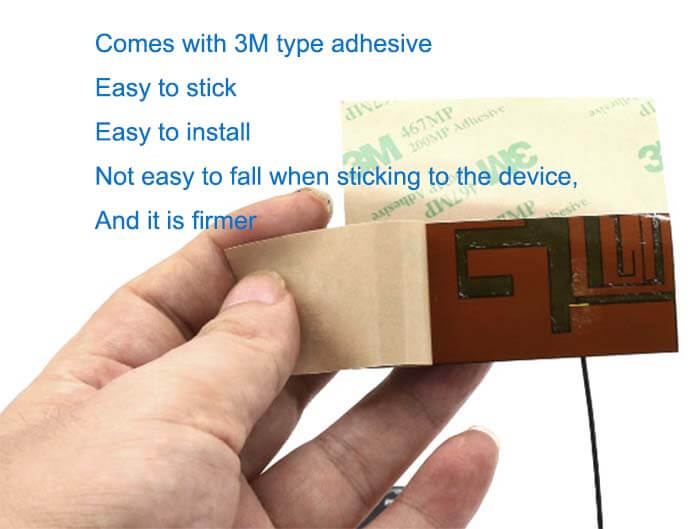
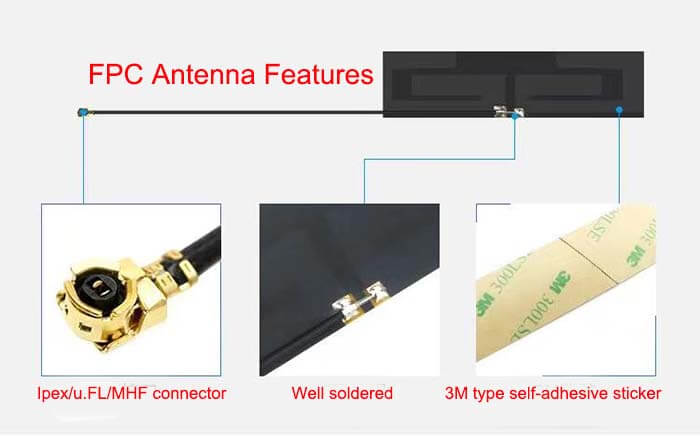

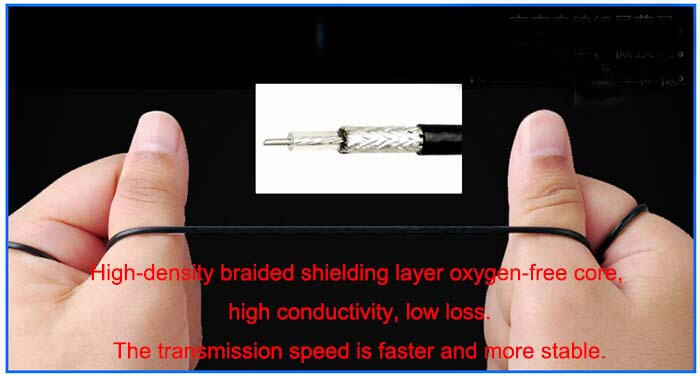

4G LTE Antenna Applications
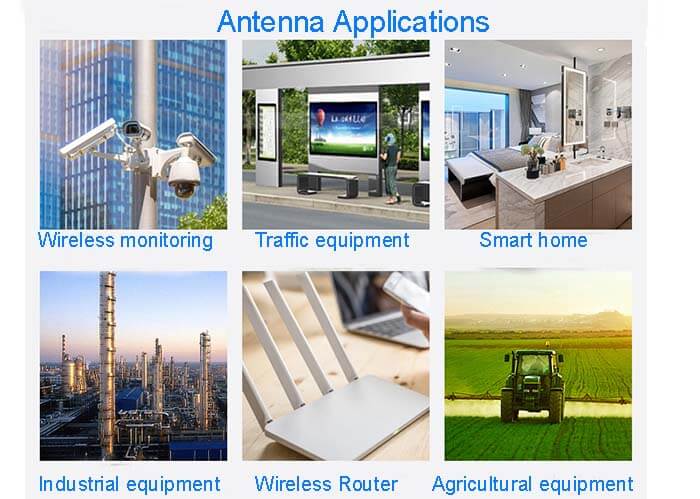
The difference between 4G and LTE antenna
LTE is a transition between 3G and 4G technologies and is a global standard of 3.9G. 4G is the fourth-generation mobile phone mobile communication standard and the fourth-generation mobile communication technology.
LTE has improved and enhanced the 3G air access technology, using OFDM and MIMO as the only standard for its wireless network evolution. Improve performance, increase capacity, and reduce system latency.
4G vs LTE
1. The difference in nature
LTE is a long-term evolution of the UMTS technical standard formulated by the 3GPP organization, a transition between 3G and 4G technologies, and a 3.9G global standard. 4G is the fourth-generation mobile phone mobile communication standard and the fourth-generation mobile communication technology.
2. The difference in characteristics
LTE has improved and enhanced the 3G air access technology, using OFDM and MIMO as the only standards for its wireless network evolution. It provides a peak rate of 100 Mbit/s for downlink and 50 Mbit/s for uplink under a 20MHz spectrum bandwidth, which improves the performance of cell-edge users, increases cell capacity, and reduces system delay.
What is 3G?
When the 3G network started to roll out, it replaced the 2G system, and this network protocol only allowed what we now call the most basic part of the smartphone function. Most 2G networks handle phone calls, basic text messages, and small amounts of data through a protocol called MMS.
With the introduction of 3G connections, many larger data formats have become easier to access, including standard HTML pages, videos, and music.
The speed is still slow, and most require pages and data formatted specifically for these slower wireless connections. According to the 2G standard, the new agreement is fast, but it is still not close to replacing the home broadband connection.
What is 4G?
The ITU-R established a 4G connection standard in March 2008, requiring all services described as 4G to comply with a set of speed and connection standards.
For mobile applications including smartphones and tablets, the connection speed needs to reach a peak of at least 100 megabits per second, while for more fixed applications such as mobile hotspots, it is at least 1 gigabit per second.
When these standards were announced, these speeds were unheard of in practical applications because their goal was to become the goal of technical developers, which is a major breakthrough in the future.
Over time, the systems that power these networks have caught up, not just new broadcasting methods have entered the product, but the previously established 3G networks have been improved to the extent that they can be classified as 4G.
What is LTE?
LTE stands for long-term evolution technology and is not the way to achieve 4G speed like other technologies. For now, in most cases, when your phone displays the 4G symbol in the upper right corner, it does not really mean it.
When the ITU-R set minimum speeds for 4G, although technology manufacturers paid a lot of money to achieve these goals, they were somewhat difficult to achieve. In response, the regulator decided that LTE is the name of the technology used to pursue these standards, and if it provides substantial improvements to 3G technology, it can be labeled as 4G.
Immediately afterward, the network began advertising their connection as 4G LTE, a marketing technique that allowed them to apply for next-generation connections without first reaching the number actually needed; it’s like Americans claiming that they have landed on the moon because they are away.
It’s very close, and their ship is much better than the previous ship. Nevertheless, although the speed inconsistency depends on location and network, the difference between 3G and 4G is immediately noticeable.
To make things more confusing, you may encounter LTE-A at some point. This stands for Long Term Evolution Advanced, and it brings us closer to a proper 4G.
It provides faster speed and higher stability than ordinary LTE. It is also backward compatible and works through aggregated channels, so you can download data from multiple data sources at the same time instead of connecting to the strongest signal nearby.
Speed
So the real question is, can you feel the difference between 4G and LTE networks? If LTE technology is built-in, will it be much faster to load pages or download applications on handheld devices? Probably not, unless you live in a city.
While the difference between the slower 3G network and the new 4G or LTE network is of course very obvious, many 4G and real 4G networks have almost the same upload and download speeds. The launch of LTE-A is beginning to make a difference, but your mileage may vary. Currently, LTE-A is the fastest connection available for wireless networks.
Required resources
Creating a 4G connection requires two components: a network that can support the necessary speed, and a device that can connect to the network at a high enough speed and download information.
Just because there is a 4G LTE connection in your phone does not mean that you can get the speed you want, just buying a car that can travel 200 miles per hour does not mean that you can drive fast on a 55 mph highway.
Before operators can truly provide LTE speeds in major areas, they are selling phones with the features needed to achieve the required speeds, and then they begin to roll out the service in a limited range.
LTE service is fairly common nowadays, this is not a big problem, but if you don’t live in a major metropolitan area, it’s worth checking to make sure you actually need LTE service for your life and work.
As the penetration rate increases, if you don’t take advantage of LTE speeds on a regular basis, the provider will charge very little, but you can save money by buying older-generation smartphones that only have 3G or 4G connections.
Packet switching and circuit switching
No matter what the data is or how fast it is, it needs to be packaged and sent so that other points on the network can interpret it. Older networks use circuit switching technology, and this term refers to the method of communication.
In a circuit-switched system, a connection is established directly to a target through the network, and the entire connection occurs through this connection, whether it is a telephone call or a file transfer.
The advantages of circuit-switched networks include faster connection times and fewer chances of connection loss. Newer networks use packet-switching technology, which is a modern protocol that uses more connection points around the world.
In a packet-switched network, your information is broken down into small pieces and then sent to your destination through the most effective path currently. If a node is disconnected in a circuit-switched network, it must be reconnected, but in a packet-switched network, the next data packet will just look for a different path.
Many of the technologies used to create 4G speeds have nothing to do with voice communication. Since the voice network still uses circuit-switching technology, it is necessary to reconcile the differences between the old and new network structures.
Several different methods have been developed to deal with this problem, and most operators choose to deploy one of two options to maintain control over the minutes spent.
They do this by allowing phones to fall back to the circuit-switched standard when they are used to make or receive calls, or by using packet-switched communications for data and circuit-switching for voice at the same time. The third option is to simply run voice audio as data on the new LTE network.
This is a method that most companies avoid, most likely because it drains its battery and can easily charge voice for minutes. LTE-based voice basically occurs when you make a Skype call or Facetime audio connection to another user, with higher resolution audio and faster connection speeds.

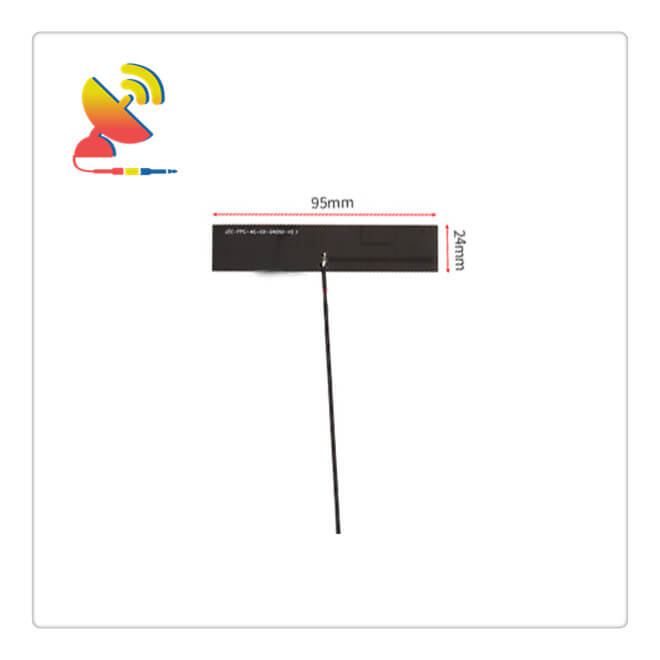

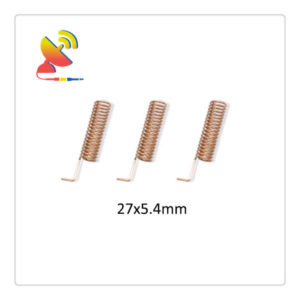
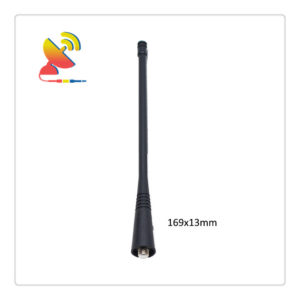
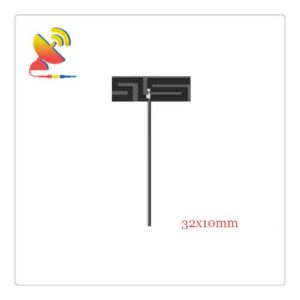
Reviews
There are no reviews yet.